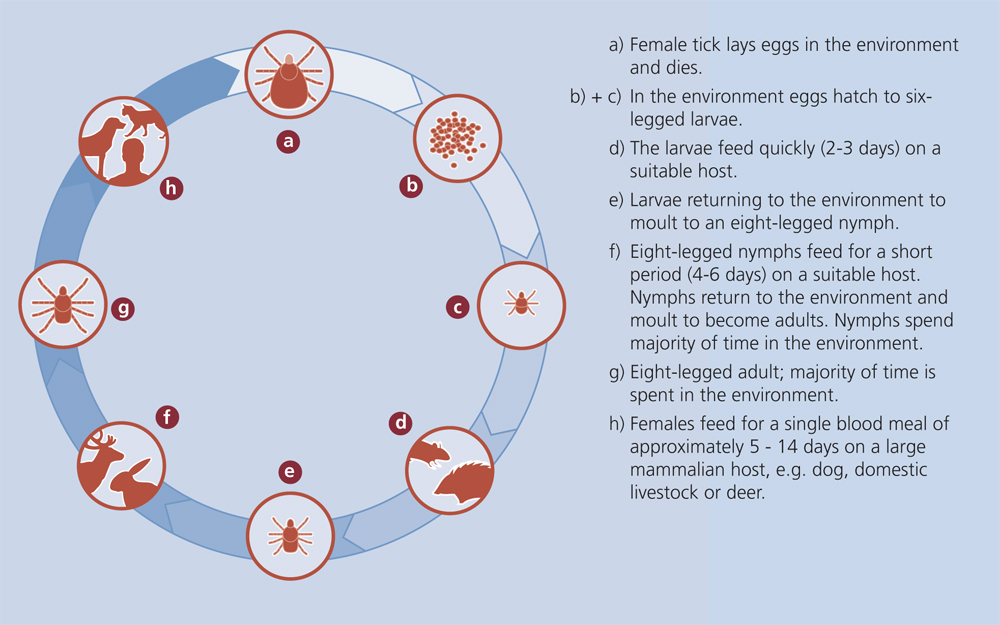tick life cycle uk
After a two-year life cycle a female tick can lay thousands of eggs. Ticks The Risks Tick family Ticks UK Ireland.

Ticks On Dogs And Cats The Veterinary Nurse
The life cycle of ixodids can take from 1 to 6 years and involves 4 stages.
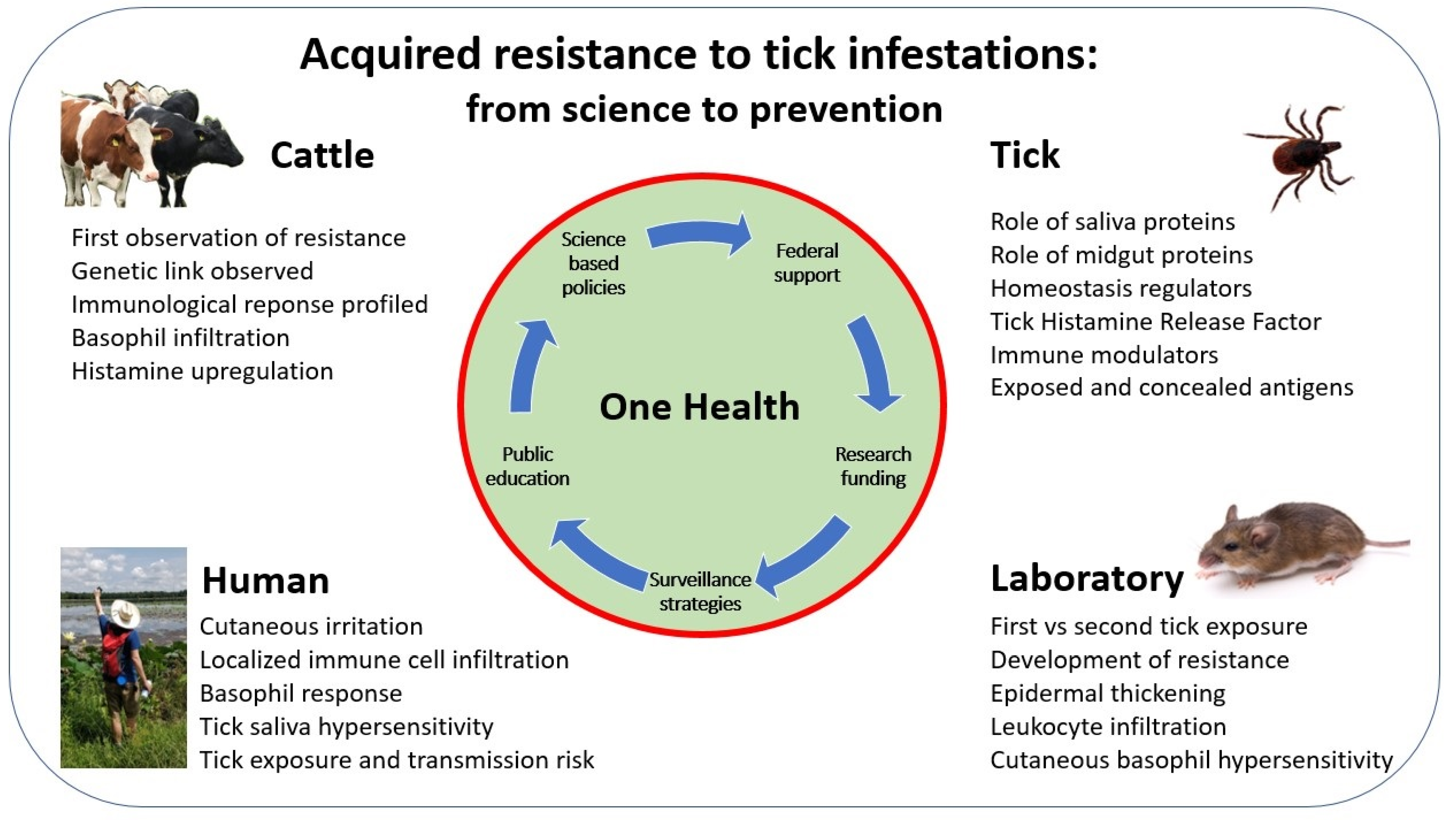
. The larva has only six legs. During this time they go through four life stages. Requires high humidity almost saturation to prevent dehydration on the ground so it tends to be found in wetter areas particularly in the West and Northern England and Scotland.
The tick follows quite a journey in its varied stages of life. Ticks of the Ixodes scapularis species have a two-year life cycle. The eggs hatch and six-legged larvae emerge from the eggs.
Depending on when it hatches and how successful it is finding suitable hosts a tick can live between one-and-a-half and four-and-a-half years and will grow through three life cycle stages. Tick biology and ecology Ticks in the UK Tick-borne Disease in the UK National Tick Survey Lifecycle of a tick Tick life cycle Tick life cycle Environmental Conditions Suitable habitat moorland woodland etc Host availability Soil threshold temperature. Feeds once at each developmental stage and as the tick often feeds only once a year in the UK the whole cycle from egg to adult can take three years.
1 The Egg Stage 1 After the adult female tick has acquired a proper blood meal she mates with the adult male tick leaves the host and searches for a suitable spot to lay her eggs. Life-cycle Ixodes ricinus is a three-host tick with larvae nymphs and adults feeding on different hosts. Its important to be familiar with this life cycle to get rid of ticks from your lawn and landscape and prevent tick bites.
Upon hatching ticks are born as larvae which is considered their second stage. 17-20C Relative humidity above 80 Ticks as disease vectors. DO THE TICK CHECK Ticks prefer warm moist dark areas of the body.
Aside from its missing set of legs the larva looks a lot like an adult tick. The ticks will dry out and die within 24 hours. They need the dry to die.
It may be helpful to have someone else. However they can lay eggs just about anywhere else and they do. Inside or out ticks love a warm environment to lay their eggs.
This means that tick larvae and nymphs as well as full-grown adult ticks need to bite a host such as a human or a wild animal and suck its blood in order to survive. The tick egg hatches out into a larva. As well as causing irritation on the skin when feeding they are a.
They go through four phases of development during this time. There are four stages to a ticks life-cycle. A tick begins its life as an egg.
2 The Larvae Stage 2. To survive once the eggs hatch the ticks require a blood meal at every stage. Inside or out ticks love a warm environment to lay their eggs.
Since there are so many different tick species the duration of this life cycle varies greatly from a. Typically the first host for a tick is a smaller animal such as a mouse or. The tick requires a blood meal to evolve into each stage of its life.
After feeding the larva drops to the ground to digest its food and begin to grow. The life cycle of a tick can be divided into four sections. Egg larva nymph and adult.
After hatching from the eggs ticks must eat blood at each stage in order to move on to the next one. After hatching the newly-born tick larva requires a blood meal to advance to the next stage of life as a six-legged nymph. Larvae nymph adult and egg.
Life Cycle of Ticks. Eggs are not dangerous and appear as a brownish-red translucent color. Completing the Cycle Depending on the species of tick the entire life cycle can take from two months to years to complete.
The lifecycle of Ixodes scapularis ticks generally lasts two years. Tick life cycle All ticks whether they are hard or soft undergo four developmental stages namely egg larva nymph and adult. Larvae and nymphs prefers small to medium-sized animals and adults tend to feed on larger animals such as sheep.
After hatching the larva seeks a host feeds and then drops off to moult to the nymphal stage. After the eggs hatch the ticks must have a blood meal at every stage to survive. This is the safest way to handle your outdoor clothing as ticks can survive a full cycle in the washing machine.
Ticks are not able to lay eggs directly on a host they must first detach. Egg larva nymph and adult. Blacklegged ticks can feed from mammals birds reptiles and amphibians.
Feeds once at each developmental stage and as the tick often feeds only once a year in the UK the whole cycle from egg to adult can take three years. Ticks hatch from there eggs in the spring or summer months. Egg larva nymph and adult.
Ticks survive by feeding off mainly bird and mammal hosts such as farm animals wildlife our cats and dogs and us humans. Many ticks go through a three host life cycle meaning that they parasite three different host bodies during their lifetime. Ixodes scapularis the black-legged deer tick which is the primary vector for Lyme disease has a four-stage life cycle and a lifespan of about two years.
Hard ticks will typically lay eggs on the ground in protected areas during the spring. It can take up to 3 years to complete a full lifecycle and most will die because they cant. During this stage a larvae grows and experiences their first feed.
Ticks have four stages of their life cycleeggs larvae nymphs and adult ticksand every stage except the eggs feeds on blood. The nymph then seeks another host feeds drops off and moults to the adult stage. Its first host is usually a small mammal or a lizard and it has to find a host in order to grow.
Ticks that feed on mammals birds reptiles and amphibians are known as blacklegged ticks. Lifecycle of a tick Their life cycle takes several different transitions. Tick Season Is Upon Us Larkmead Veterinary Group During this time they go.
In the USA the highest risk comes from the Deer tick Ixodes scapularis but this is not known in Europe. Ticks are a group of parasitic arachnid species similar to spiders scorpions and mites that range between 05 - 11mm in size depending on the lifecycle. Ticks remain in the larvae stage for about the 9 months.
Check the whole body. When the egg hatches a six-legged larva emerges. Egg larva nymph and adult.
Tick life cycle uk Friday April 8 2022 Generally there are two peaks of tick activity in the spring and in the late summerautumn. A tick starts life as an egg and because tick mortality is so high the female tick lays as many as 18000 eggs in the ground. The Brown Dog Tick Rhipicephalus sanguineus has been brought into the UK from Europe on dogs and can survive and reproduce inside a home unlike the native UK ticks.
Many ticks go through a three host life cycle meaning that they parasite three different host bodies during their lifetime. Generally there are two peaks of tick activity in the spring and in the late summerautumn. There are four stages to a ticks life-cycle.
A hot room or on a hot windowsill. There are some species of ticks that only require one host or sometimes two to complete their life cycle.

Tick Season Is Upon Us Larkmead Veterinary Group
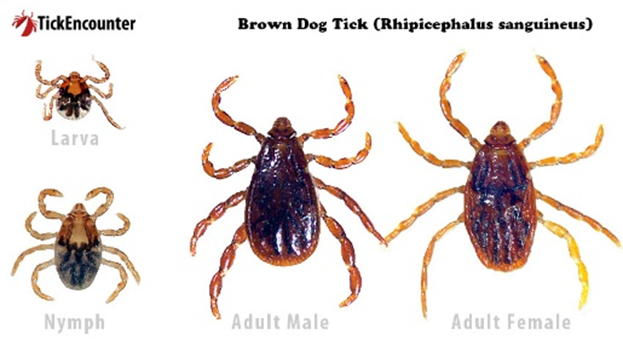
Ticks And Disease In Kentucky Entomology

Blacklegged Ticks Keep On Ticking Regardless Of Winter Kentucky Pest News
Homepage Bristol University Tick Id

An Overview Of Tick Paralysis Symptoms Treatment And Prevention

Vaccines Free Full Text Resistance To Ticks And The Path To Anti Tick And Transmission Blocking Vaccines Html

Lyme Disease What You Need To Know Cycling Uk

Flea And Tick Mostly Cats Veterinary Clinic 815 885 2200
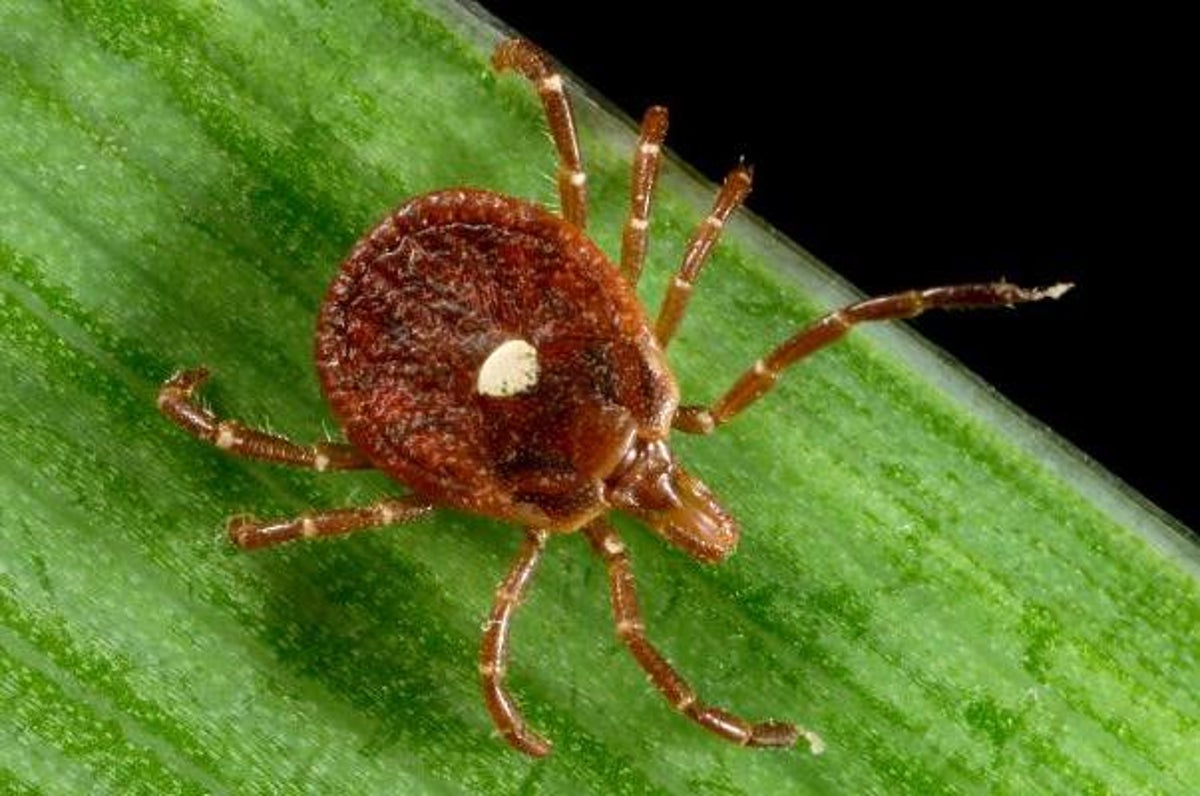
Heartland Virus Ticks Carrying Mysterious But Potentially Deadly Virus Now Found In 6 Us States Study Says The Independent

The Tick Lifecycle Lyme Tick Borne Disease Testing Statistics

Tick Vector An Overview Sciencedirect Topics
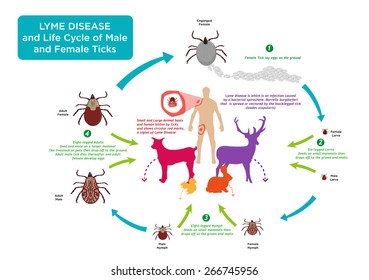
Deer Tick Images Stock Photos Vectors Shutterstock

The Tick Life Cycle Printed With Permission From Jeremy Gray Eucalb Download Scientific Diagram

How To Avoid Ticks And Lyme Disease In The North Country
Life Cycle Visa Vis Symposiums
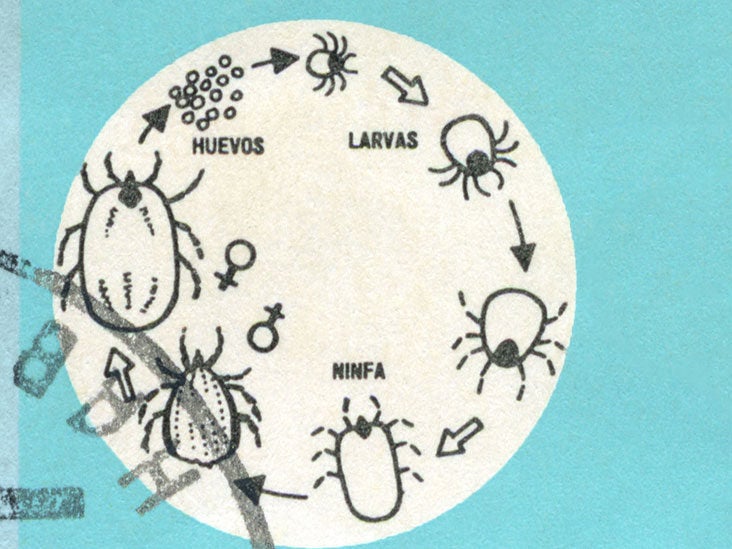
What Are Seed Ticks And Are They Dangerous


